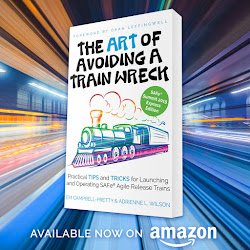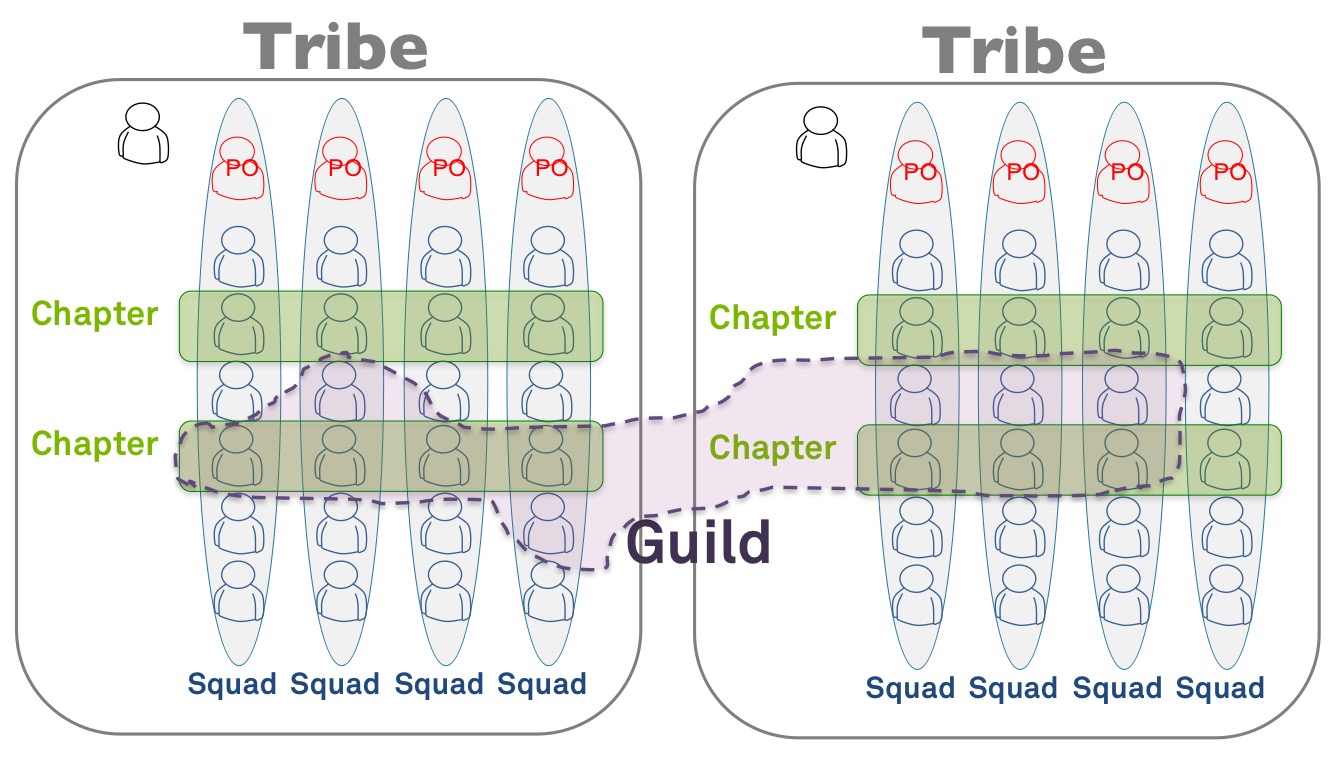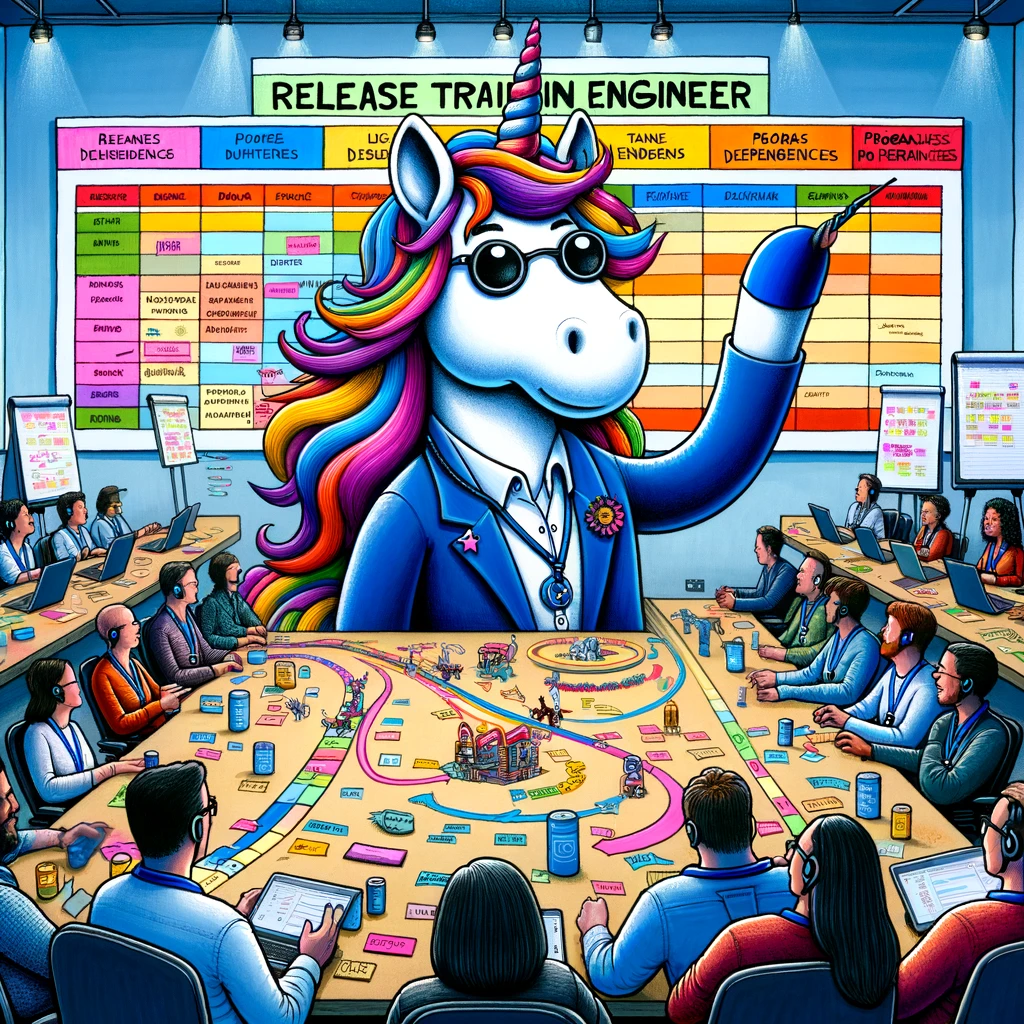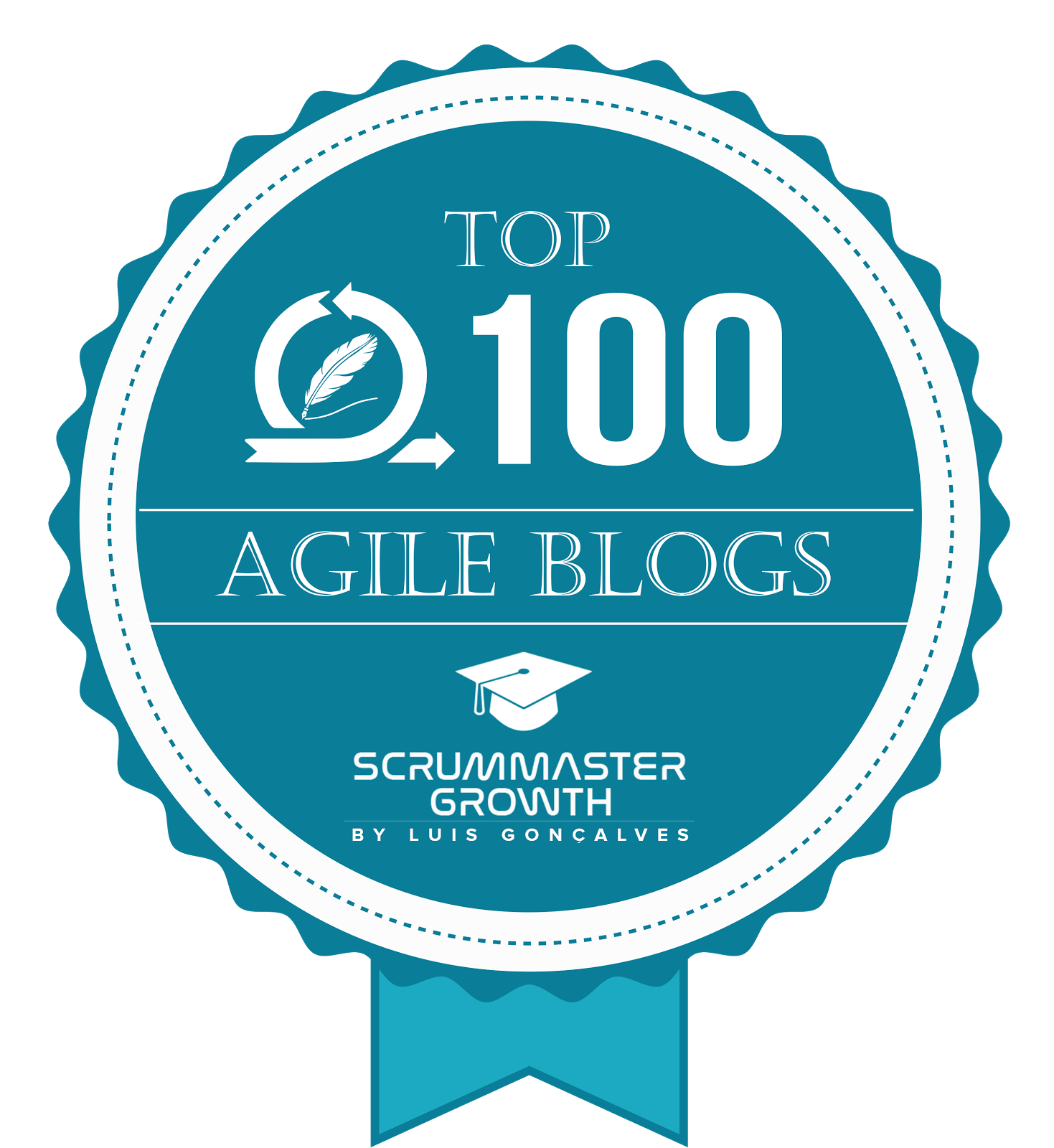- SAFe Training
- Choose a Course
- Public Training Schedule
- SAFe Certifications
- Leading SAFe
- Implementing SAFe
- Advanced SAFe Practice Consultant
- Leading SAFe for Government
- SAFe Lean Portfolio Management
- SAFe Release Train Engineer
- SAFe for Hardware
- SAFe for Architects
- Agile Product Management
- SAFe Scrum Master
- Advanced Scrum Master
- SAFe DevOps
- SAFe Product Owner/Product Manager
- SAFe Agile Software Engineering
- SAFe for Teams
- SAFe Micro-credentials
- Agile HR Training
Using eNPS to Measure Team Happiness
When I accepted the role of leading the EDW delivery team, I knew my biggest challenge would be customer engagement. I had been a customer of the team for a number of years, and I am sad to say I would not have recommended their services to anyone. Now, the tables had turned. I was the head of the organisation, and I had to change the business perception of our ability to deliver if we were going to survive.
In a previous life I had worked in Market Research. My portfolio included Brand Research, Customer Satisfaction Research and the occasional Employee Satisfaction survey. Given my background my curiosity was peaked when my employer moved from measuring customer satisfaction to implementing the Net Promoter System (NPS).
For those of you not familiar with NPS, it is a customer loyalty metric developed by Fred Reichheld and Bain & Co. NPS is measured by "the ultimate question": "On a Scale from 0 to 10, where 0 is not at all likely, and 10 is extremely likely, how likely are you to recommend [Company Name] to a friend or colleague?'. Responses are categorised into Promoters (scores of 9 and 10), Passives (scores of 7 and 8) and Detractors (scores of 6 or less). The percentage of promoters minus the percentage of detractors is the Net Promoter Score.
I was not aware there was a whole book on the topic until a colleague mentioned he had been reading the book behind the Net Promoter System, Fred Reichheld's The Ultimate Question 2.0. So, of course, I followed suit.
While the book gave me quite an extensive list of ideas to follow up, the one message that spoke to me the loudest was that "You can't create loyal customers without first creating loyal employees." or as I like to phrase it, "happy teams lead to happy customers". The Ultimate Question 2.0 uses Apple Retail as a case study, citing a correlation between stores with high customer NPS scores and employee engagement scores and vice versa.
 |
Fred's views on the value of Employee Engagement Surveys resonated with my experience: "...the surveys were too long and too infrequent to drive change." He writes of NPS Leaders choosing to implement an employee Net Promoter Score (eNPS) process that was consistent with their customer NPS process by asking their employees the eNPS question: "On a scale of zero to ten, how likely is it you would recommend this company (or this store) as a place to work?" followed by an open-ended question like "What are the primary reasons for your score?"
In my situation, the corporate employee engagement strategy was only to survey permanent employees. That meant team members employed by our vendor partners were excluded, resulting in an incomplete view. This approach was also incongruent with the "vendor as partner" culture we aspired to.
Inspired by what I had read in The Ultimate Question 2.0, I launched my quarterly team eNPS survey with a simple three-question questionnaire administered via SurveyMonkey. Our results have been nothing short of phenomenal. In 18 months, we improved employee engagement from -49 to +53. I frequently get asked how we did this, and my response is usually, "It starts with caring enough to ask".
Of course, there is more to it than that. Many of the activities and behaviours we used to build a culture of employee engagement are covered in previous posts, such as Leading Through Vulnerability, Book Clubs At Work and The Power of Haka.
The value in eNPS is not so much the eNPS score as it is the feedback to the open-ended question. In the beginning, I used a singular open-ended question regardless of rating. Now I use "What's the main reason you would recommend working in EDW Delivery?" for promoters, and for passives, "What would it take to rate EDW Delivery a 10?". And for detractors, "What is the main reason for your rating?". These questions have helped obtain genuinely actionable insights. The feedback I have received from the open-ended survey has been sometimes confronting and sometimes exceedingly pleasing. The key is to learn from it and continually improve.
While the broader organisation still measures employee engagement using their traditional survey, more and more of my peers have implemented their own eNPS initiatives, inspired by the fast and frank feedback and the business outcomes achieved by acting upon it.
And yes, I can confirm that happy teams do lead to happy customers!

















